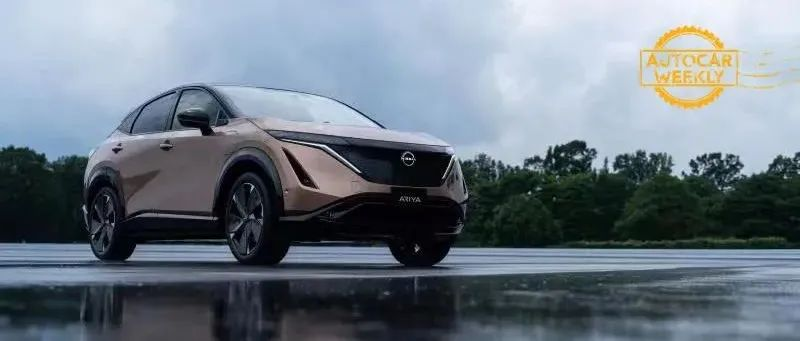ARIYA: heralding a new era of electrification at Dongfeng Nissan
ARIYA was officially open for bookings on June 18, heralding a new era of electrification at Dongfeng Nissan. ARIYA, the first model on the CMF-EV platform of the Renault–Nissan–Mitsubishi alliance, provides two versions: single-motor two-wheel drive model and dual-motor all-wheel drive model. The all-wheel drive version has a maximum speed of 200 km/h with two 160 kW motors powered by a ternary lithium-ion battery pack. The two-wheel model has a maximum cruising range of 610 km.
Do not underestimate ARIYA and the company behind it, Nissan, as their foray into the Chinese market may seem late. Nissan has been firmly rooted in the field of EV for 75 years and is regarded as the “grandfather” of electric vehicles, making it one of the most popular automakers of electric vehicles and its technologies have been influential to this day.
1947-1970: Two unremarkable small electric cars open two eras of electric vehicles
The history of Nissan’s pure electric technology can be traced back to 1947. At that time, the world was busy rebuilding from ruins, and Henry Ford, who had completely changed the way people live, work, and produce industry, passed away, marking the end of an era.
On the other side of the Pacific, a new era was quietly gestating in a different way. Due to the extreme shortage of oil resources, Japan’s large manufacturing industry, especially the automobile industry, had been unable to develop vigorously until 1947, when local residents enthusiastically discovered the unlimited possibilities of hydroelectric power. The 200 unemployed Tachikawa aircraft designers formed the “Tokyo Electric Cars”. Yes, it is the predecessor of the famous Japanese car brand, Prince Motors, as well as the absolute soul of Nissan’s electric vehicle department 20 years later.With the efforts of 200 engineers, the two-door small electric car TAMA with a total length of only 3.2 meters was born. Although the car’s top speed is only 35.2km, its weight is only 1050kg, and its cruising range reaches 96.3 kilometers – it was one of the electric cars with the longest cruising range in Japan and even in the world at that time. What’s more impressive is that TAMA can easily switch batteries. The lead-acid battery pack under the chassis comes with pulleys, making it possible to switch batteries and indirectly solving the driver’s range anxiety.
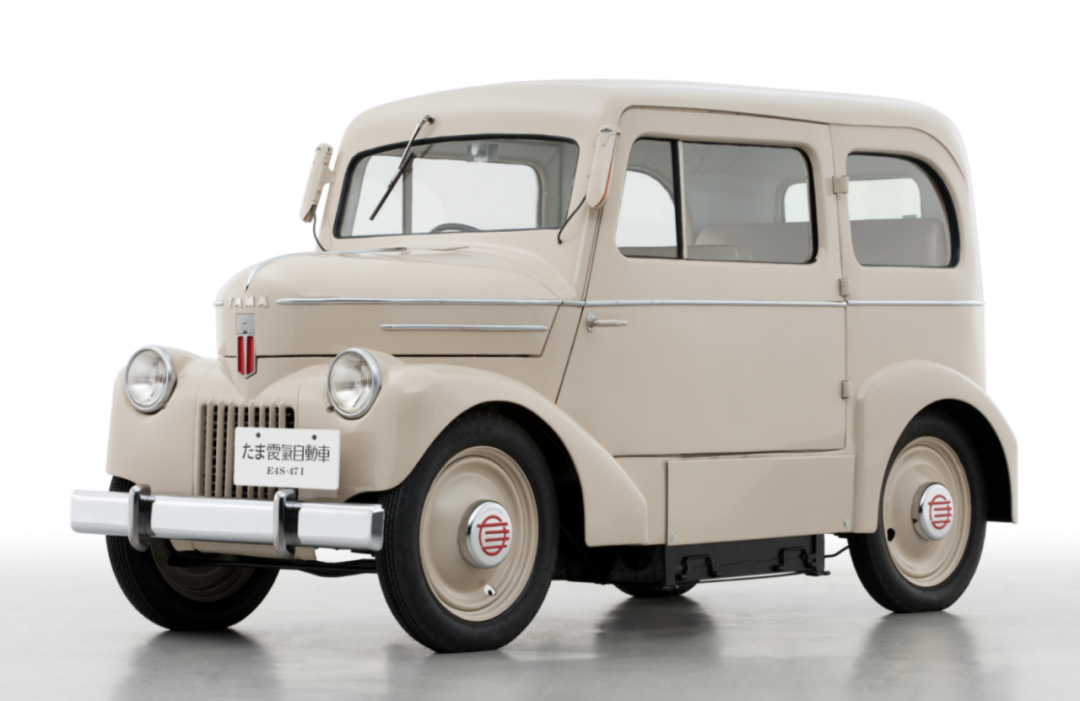
The Japanese government has chosen this cute-looking car and recommended it to taxi companies across the country. TAMA completed its historical mission and officially discontinued its production until the 1950s when Japan’s petroleum supply stabilized. However, this event marked the beginning of Japan’s magnificent research into automotive electrification technology.
In 1970, the World Expo, which was hailed as the most successful event of the 20th century, was held in Suita, Osaka, Japan. As the first World Expo held in Asia, the Osaka World Expo created many miracles, with a total attendance of up to 64.2187 million people. The vast majority of people came to see the moon rocks brought back by Apollo 11 and the “Tower of the Sun,” designed by the modern art master, Okamoto Taro. Its internal structure symbolizes human creativity, just like the sun burning from ancient times to the present, and it will shine into eternity.
Japan exhibited two technological products that seemed useless at the time but are now comparable to the “Tower of the Sun”: videophones and electric cars.
Yes, in 1970, Nissan launched a two-door electric concept car called 315X.
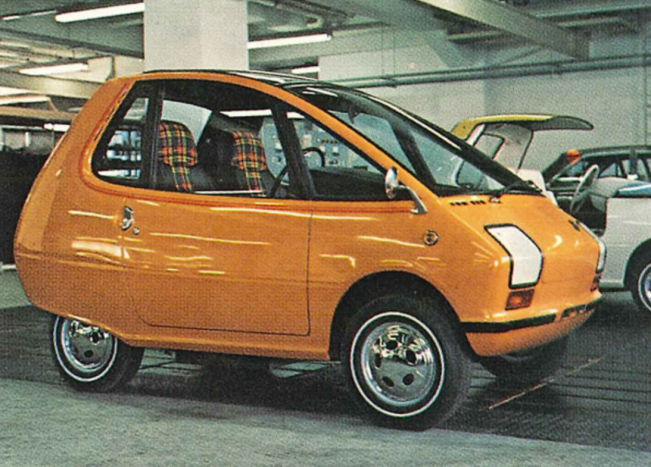
The battery was an old formula 13 years ago, and the size and horsepower were significantly smaller than TAMA: a total length of 2.4 meters, a wheelbase of only 1.5 meters, 7 horsepower, and it was almost as fast as a small sheep in the 2000s. But this extremely small micro rear-wheel-drive electric vehicle creatively used regenerative braking systems-who could have expected that this system has become a standard feature of countless hybrid and all-electric models half a century later?
The new generation of electric pioneers was born.
1973-1991: Lightweight, Asynchronous Motors, 100V Ultra-Fast Charging… The Blind Box is Continuously Opening.
In 1973, Martin Cooper, the genius engineer of Motorola, based on Captain Kirk’s wireless phone from Star Trek, used cellular networking to create the first model of a mobile phone that can provide wireless communication services in just six months. The birth of wireless communication ushered in a new era in the world.
In the same year, the development of Nissan’s electric vehicle also entered a “new realm.” The two-seater micro truck EV4-P was born, which was a pioneer in lightweight bodywork, using GFRP fiber-reinforced plastic and aluminum materials.
It was equipped with lead-acid batteries and DC series motors with a range of up to 302km. This achievement was extremely rare at the time, and like Nissan TAMA more than 20 years ago, EV4-P also adopted a replaceable battery structure to solve driver’s range anxiety.
In 1983, the world-famous “prequel” to the Macintosh, Apple Lisa desktop computer was born–not only the most expensive personal desktop at the time (up to 9935 US dollars, which directly surpasses 20,000 US dollars today), but also the world’s first personal computer with a graphical interface that introduced the concept of “windows” and the world’s first personal computer equipped with a mouse, even earlier than the first version of Windows.
Its appearance undoubtedly marked a new milestone in the history of world technology development.
For electric cars, the milestone of this year belongs to the March EV–it was the world’s first pure electric vehicle to use an asynchronous motor. Unexpectedly, the asynchronous motor, which Tesla has played with for so long, was actually left behind by Nissan 40 years ago. Nissan discovered early on that this type of motor has powerful variable frequency speed control ability, which can make the driving experience of electric cars infinitely close to that of fuel-powered vehicles.
The emergence of March EV opened a new world for pure electric vehicles, just like Apple Lisa in the history of technology, and became an inevitable milestone vehicle in the history of electric cars.
In 1991, Tim Berners-Lee, the inventor of the World Wide Web, created the first website in the world. The WWW technology he created not only gave the Internet incredibly strong vitality, but also brought the appearance of Web browsing, making the Internet flourish for decades.
New myths and new worlds continue to emerge.In the same year, Nissan’s FEV concept car made its debut at the Tokyo Motor Show, marking Nissan’s official entry into the “electric fever” of the 1990s. This FEV can be considered a pioneer in new pure electric technology, enough to make Nissan look down on other electric vehicles at the time.
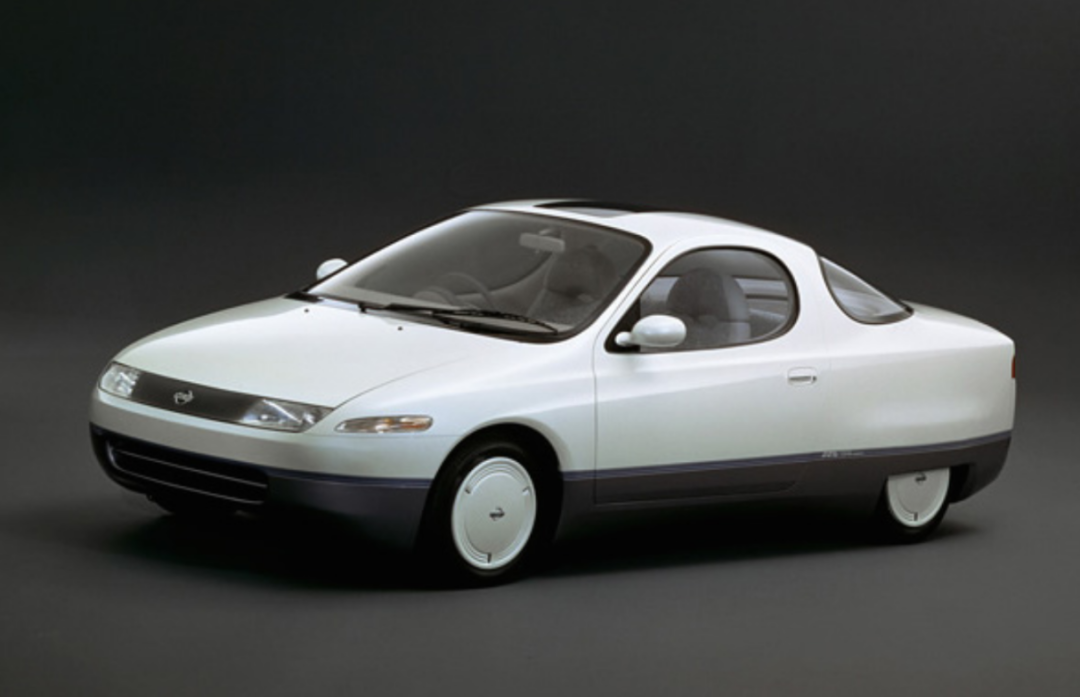
With a top speed of 130km, FEV has no gearbox. Like automatic transmission cars, it can start as long as the accelerator pedal is pressed and the noise is extremely low. More importantly, FEV uses 100V ultra-fast charging. It only takes 6 minutes to charge from 0 to 40% and 15 minutes to charge from 0 to 100%. Using 23 12V nickel-cadmium batteries, the output voltage can reach 280V and the range can reach 250km.
Until now, “15-minute full charge” still belongs to the “legend” in the field of electric vehicles.
1996-1997: From the Arctic to Hollywood, Impossible is Nothing
In 1996, Intel developed a supercomputer capable of computing 14 trillion times per second. This breakthrough numerical value of “trillions per second” appeared for the first time since the birth of the world’s first supercomputer ENIAC in 1946. It can complete tasks that require 25,000 years of manual calculation or 2 days of personal computer operation in just 15 seconds – this world, more and more impossible missions have become possible.
Similarly, the most critical and fatal safety issues of electric vehicle batteries were successfully solved by Nissan with a magical Prairie Joy in that year.
The latter is not only the world’s first pure electric vehicle, but also the only one equipped and applied with cylindrical lithium batteries at that time. Its range is 200km and the top speed can reach 120km/h.

Its most famous title is undoubtedly the “official car of the Japanese Arctic Expedition Team”. Since 1998, this electric vehicle has served continuously for 6 years in the extreme environment of the Arctic, becoming a daily commuting necessity for team members.Due to the phrase “The sky is high and the prairie is vast,” Prairie Joy has set a record for service without any technical support or maintenance, demonstrating the reliability and durability of lithium-ion batteries under extreme conditions. Additionally, due to Prairie Joy’s quietness and zero emissions, many researchers have driven it to observe the unique animals of the Arctic from a short distance. This achievement undoubtedly provided the strongest guarantee for Nissan’s vision of “building a zero-emission society” at that time.
Just one year later, in July 1997, another Impossible Mission was perfectly accomplished – the “Pathfinder” successfully escorted the 6-wheel Mars rover “Sojourner” weighing 10 kg to the surface of Mars. The latter soon received a very positive message: there are no advanced life forms on Mars, and the “threat of Martians” that has been circulating for nearly a century is merely a wishful thinking of earthlings.
More importantly, the “Pathfinder” plan took only 3 years and 2 months from conception to launch, and cost only $150 million (not including launch costs), providing new ideas for space exploration in the 21st century, and allowing more and more ordinary people to dare to dream bigger dreams, dreaming of settling on Mars someday and becoming the governor of Mars.
In the same year, Nissan’s hyper-compact electric concept car, the Hypermini, was unveiled at the Tokyo Motor Show and was released in Japan three years later.
As a daily commuter car that broke the imagination of ordinary people at the time, the Nissan Hypermini seemed inferior to its predecessors, with a top speed of 100 km/h and a single charge range of 115 km. But it still brought many new ideas to the electric vehicle industry with its outstanding exterior design, rare keyless entry system, and neodymium magnet motor, and won Hollywood’s favor, such as in Overnight Delivery and The Princess Diaries 2, where it can be seen swiftly moving.
The Hypermini not only gained recognition from across the ocean but also received widespread praise in the relevant professional fields in Japan. Shortly after its birth, it won the “New Energy Award” from the Japan New Energy Foundation and the “Excellent Design Award” from the Japan Institution of Design Promotion.
It seems to continually foreshadow the entire automotive manufacturing industry: regardless of how popular gasoline-powered cars are, electric cars are the future of the 21st century automotive industry.
2009-2018: From Mass Production Leader to Formula E Champion, How to Show off in a Dignified and Low-key Manner
At the end of 2009, leaders from 193 countries around the world gathered in Copenhagen, the capital of Denmark, to discuss strategies to tackle global warming, and reached the famous “Copenhagen Accord.” Everyone promised to reduce greenhouse gas emissions to 50% of the 1990 levels by 2050 and to control the global temperature rise within 2℃.
Before the “Copenhagen Accord” was reached, Nissan launched the first mass-produced pure electric vehicle in 2009, the Nissan LEAF, which also became the world’s first mass-produced electric vehicle and a milestone in electric mobility in the 21st century. The first-generation LEAF had a range of 200 km, which may seem less today, but 13 years ago, this number was considered rare for a mass-produced electric car.
More importantly, due to the use of a compact and stacked lithium-ion battery, the LEAF’s electric motor output power reached 80 kW, with a peak torque of 280 N·m. Thanks to its fast charging mode, the LEAF only takes 30 minutes to charge to 80% of its capacity, while most charging stations at the time took 8 hours to fully charge an electric car.
Since its birth 13 years ago, the LEAF has won numerous awards. In addition to the “World Car of the Year” award in 2011 and 2018, it has also won various awards such as “European Car of the Year” and “Global Mobile Travel Award.” Its permanent magnet synchronous AC electric motor, derived from the predecessor Hypermini, won the 2011 “Ward’s Ten Best Engines” award, making it the only electric motor to win the award that year.
As of February this year, the LEAF series has sold more than 648,000 units worldwide, traveling a total of 21 billion kilometers. More importantly, it still maintains an impressive record of “zero major battery accidents.”
In 2018, it was not a good year for the global automotive industry.
At the beginning of the year, Ron Walker, the head of the Melbourne F1 Grand Prix, bid farewell to his beloved F1 sport forever. In the fall, Niki Lauda, who won the F1 World Championship three times in 1975, 1977, and 1984, underwent a lung transplant in Vienna due to a lung infection, and his health deteriorated thereafter. He was hospitalized again due to flu infection and passed away in the spring of the following year with his family by his side. A generation of heroes has passed away.
Also that year, Nissan officially joined the FIA Formula E International Electric Formula Championship, becoming the first Japanese automaker to participate in the competition and the seventh traditional automaker to join the FE family, following Jaguar, Audi, Renault, DS, BMW, Porsche, and Mercedes.Perhaps relying on its strong internal strength over the past 70 years, the Nissan e.dams team reached the pinnacle when it debuted in the fifth season (2018-2019) and won the runner-up in the driver’s championship with its abundant professional knowledge, excellent electric technology, and outstanding teamwork. In the following sixth season (2019-2020), the team also won the runner-up in the points race, and driver Oliver Rowland even won his first FE E-Prix victory.
Of course, the reason why Nissan persists in smashing the rice bowl of its competitors is not only to demonstrate its strength and seize the runway of the global electric vehicle industry, but also to use the Formula E Championship as a testing platform to develop more advanced electric technologies that can be used in mass-produced models; it is the so-called “from the road to the track, and then from the track to the road” strategy.
2020 – Now: The Super Model that Accelerates Dongfeng Nissan’s Electrification Transformation Finally Appears
Finally, it entered the much-anticipated year of 2020.
That year, global car sales fell by 13.77% compared to 2019 to 77.9712 million vehicles, which dropped directly to the level of 2011. However, the production and sales of electric vehicles experienced explosive growth, with sales reaching an unprecedented 3.24 million, a YoY increase of 46.62% compared to 2019.
Electric cars began to gradually replace fuel vehicles and become an important growth point and new protagonist in the global car market.
In July, the Nissan ARIYA electric concept car was officially released in Yokohama, Japan.
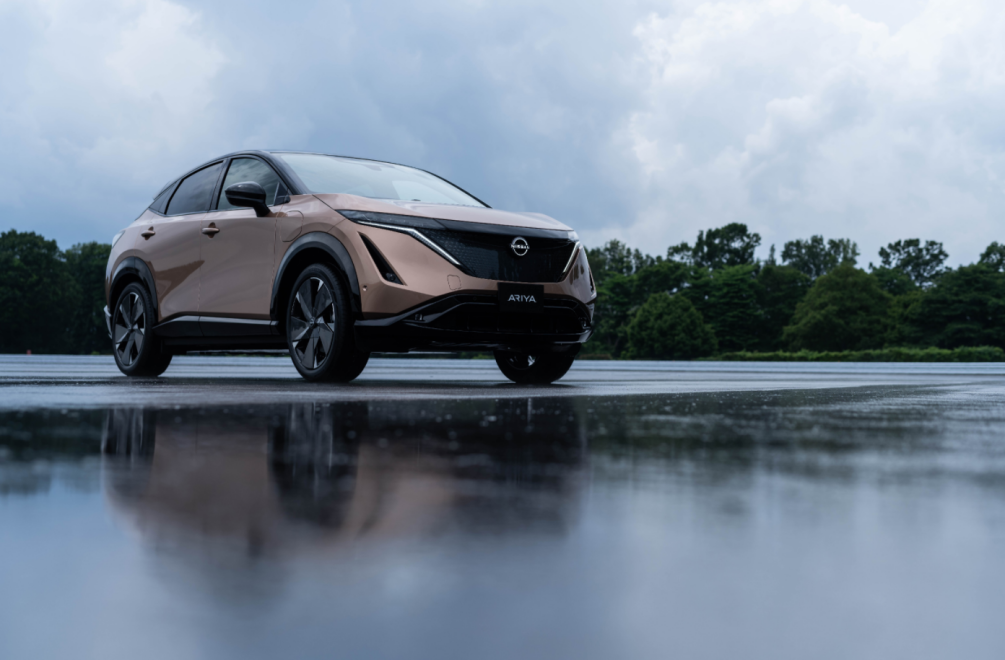
The design inspiration of this concept car is derived from East Asian aesthetics. Its appearance is extremely eye-catching, and it is equipped with advanced technologies such as a 360° safety protection system, an L2+ intelligent driving assist system, and an e-4ORCE Snow Fox electric four-wheel drive system. It represents the future design direction and latest technological achievements of Nissan electric vehicles—seamlessly connecting the driver and the outside world, providing a comfortable, highly controllable, and safe driving experience and satisfying the needs of life outside the car.
One year later, the ARIYA made a small appearance at the Shanghai Auto Show, becoming a famous moment of the show that countless people couldn’t forget.
Now, the famous moment has finally come to fruition. In 2022, Dongfeng Nissan will fully realize its electrification transformation, the ARIYA will be officially mass-produced, and it will serve as a strategic heavyweight new energy vehicle of Nissan and be officially launched. As the new global electric vehicle star in 2022, it carries the extraordinary research and manufacturing experience of Nissan from 1947 TAMA to the 2018 e.dams team and Nissan’s consistently excellent match mechanism.## All the accumulation of experience comes from the 75-year-long forging
The 75-year history of pure electric vehicle manufacturing and over 25 years of battery R&D and manufacturing experience have enabled the rejuvenated Dongfeng Nissan and ARIYA to possess a complete set of advanced electric technologies that lead the world, including ultra-safe batteries, super-precise electric control, super-energy-saving motors, and the new dedicated electric platform (named Cloudmap).
They all originate from Nissan’s 70-plus years of pure electric manufacturing experience.
For example, the initial concept of the ultra-safe battery is derived from the Prairie Joy, which ran for a full 6 years in the Arctic without any damage, and also allows the Lingfeng vehicle to achieve the perfect score of zero significant battery accidents over billions of kilometers. Nowadays, ultra-safe batteries have five-fold safety protection, and the 3T Li-ion cell with soft packaging adopts a fully automated production line for packing, an interleaved structure module with advanced battery armoring protection structure, which not only passes the extreme safety testing of batteries but also reserves sufficient crush space.
The 315X and March EV have contributed to Nissan’s ultra-energy-saving motor technology. Currently, this ultra-energy-saving motor not only comes standard with an energy regeneration braking system, which can achieve 22% of energy recovery, but also adopts a permanent magnet synchronous motor and electrically excited synchronous motor, with a wider speed range, higher power density, smaller volume, and are more reliable and durable.
Nissan’s well-known E-CONTROL smart cloud electric control system originated from the Nissan Formula E super-precise electric control technology, born four years ago. Currently, E-CONTROL can achieve a response time of 1/10000 second for the motor and a 0.1-second throttle response time, which is sensitive and efficient. Moreover, with the 100 billion-kilometer big data, it can intelligently calculate and accurately predict the remaining mileage of the vehicle.
There is also the globally renowned Cloudmap dedicated electric platform, known as the “Magic Flying Carpet.”
Its biggest highlight lies in the optimized layout of the interior space, which is simply a very flat surface. The standard battery pack is also as thin as possible, serving as the structural support system of the platform, allowing Nissan’s engineers and designers to fully utilize all available space to create a more spacious cabin, larger legroom, and even further release the interior space by moving the center console.
The “Flying Carpet” can also include a variety of specifications of power units and transmission systems, such as single-motor products and Nissan’s most advanced dual-motor e-4ORCE configuration. Especially the latter, which can reduce the distance between vehicles during braking to a minimum, optimize the front and rear brake balance, and provide drivers with a more stable and smooth driving experience. By 2030, the Cloudmap dedicated electric platform will become standard equipment for 15 electric vehicle models under the Renault-Nissan-Mitsubishi alliance. The first Nissan model equipped with the “Flying Carpet” is ARIYA.
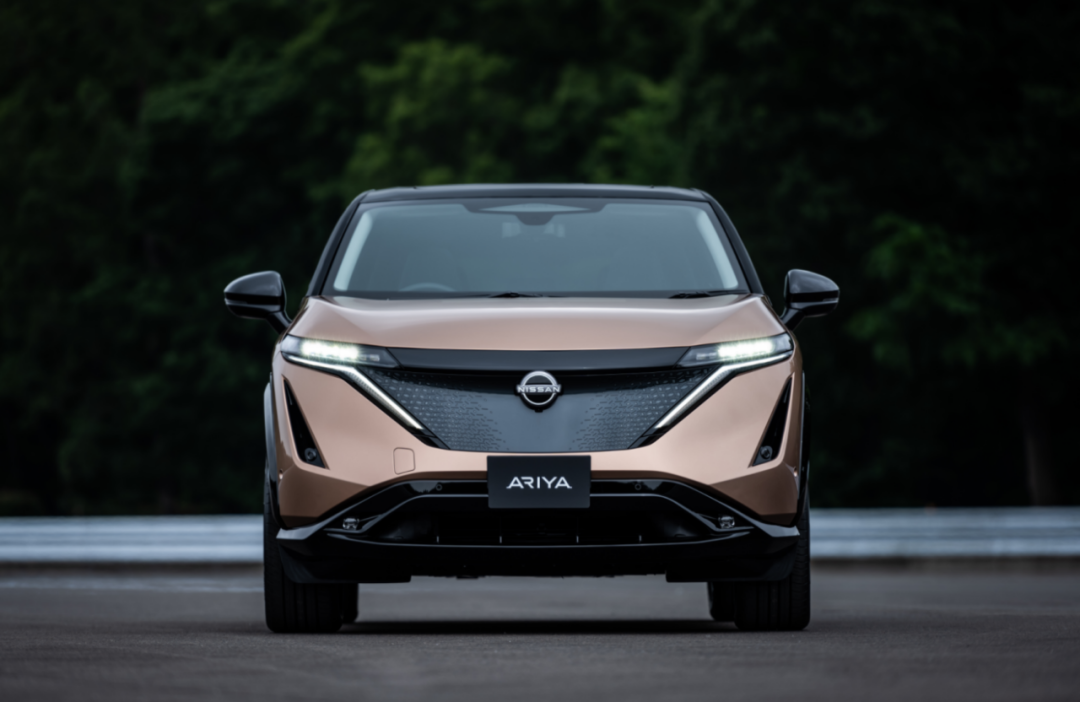 ## 75 years of manufacturing history + 25 years of safety technology, Nissan’s “Electric Soul” always stands out
## 75 years of manufacturing history + 25 years of safety technology, Nissan’s “Electric Soul” always stands out
Nissan ARIYA has opened reservations in developed European countries such as the UK, Norway and the Netherlands, and will officially enter these European countries this summer. This brand-new electric vehicle, which combines Nissan’s 75-year excellent matching mechanism, may become the most anticipated traditional brand new energy model in 2022 globally.
David Moss, Senior Vice President of Regional R&D at Nissan European Technical Centre, said: “Nissan has entered an exciting new chapter in the electrification story of ARIYA. This milestone vehicle offers our global team a unique opportunity to showcase everything we have learned about electric vehicles over the past decade and challenge expectations.”
Indeed, although the development path of new energy products by major joint venture brands can be described as trying their best in every way, Nissan’s ability reserve in the pure electric field can be considered the strongest. After all, in addition to the latest ARIYA and Yun Tu’s professional pure electric platform, there is also the “people-oriented” EV car-making concept that has allowed everyone to enjoy electric driving pleasure anytime, anywhere for the past 75 years. It is like an extremely complete and vibrant lifeline. Tracing back along it, we can clearly see the four car-making genes of “pure electric, performance, comfort and safety” that have always been consistent in the history of Nissan’s pure electric technology. They are the soul of electric vehicles and the key to the most interesting and valuable aspects of electric cars.
Times are changing, and Nissan’s electric technology has always been innovating; times are changing, but Nissan’s electric vision has never changed.
This article is a translation by ChatGPT of a Chinese report from 42HOW. If you have any questions about it, please email bd@42how.com.
